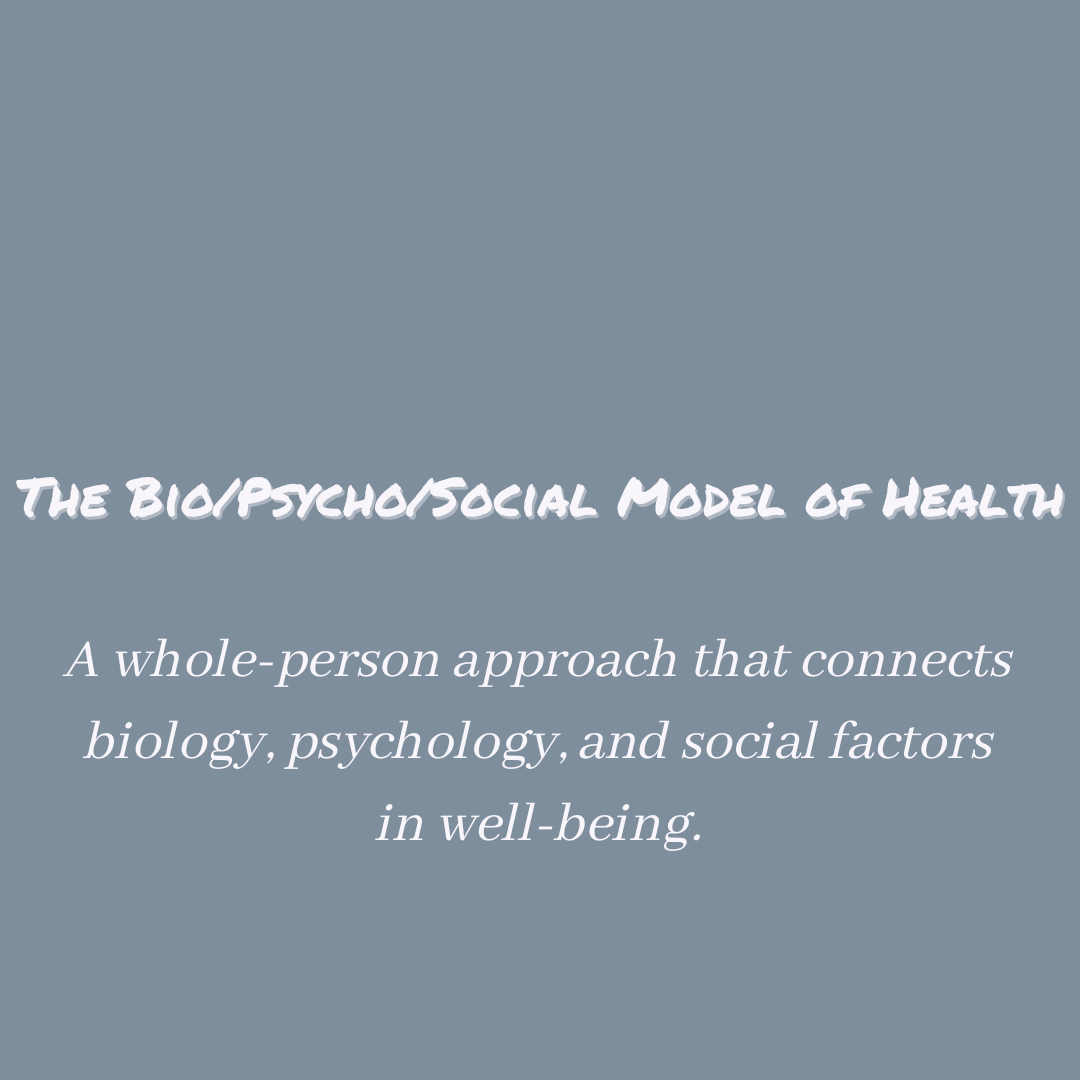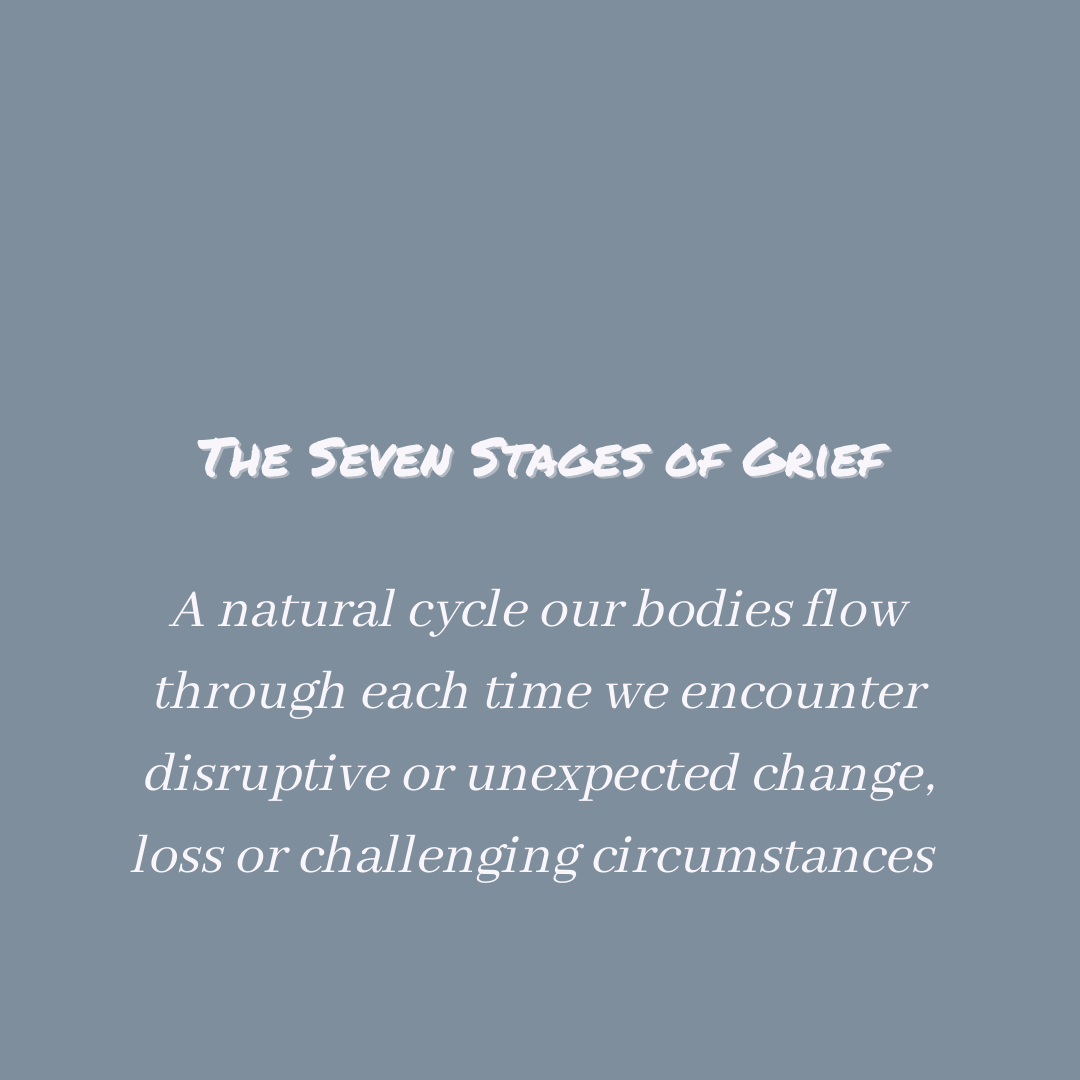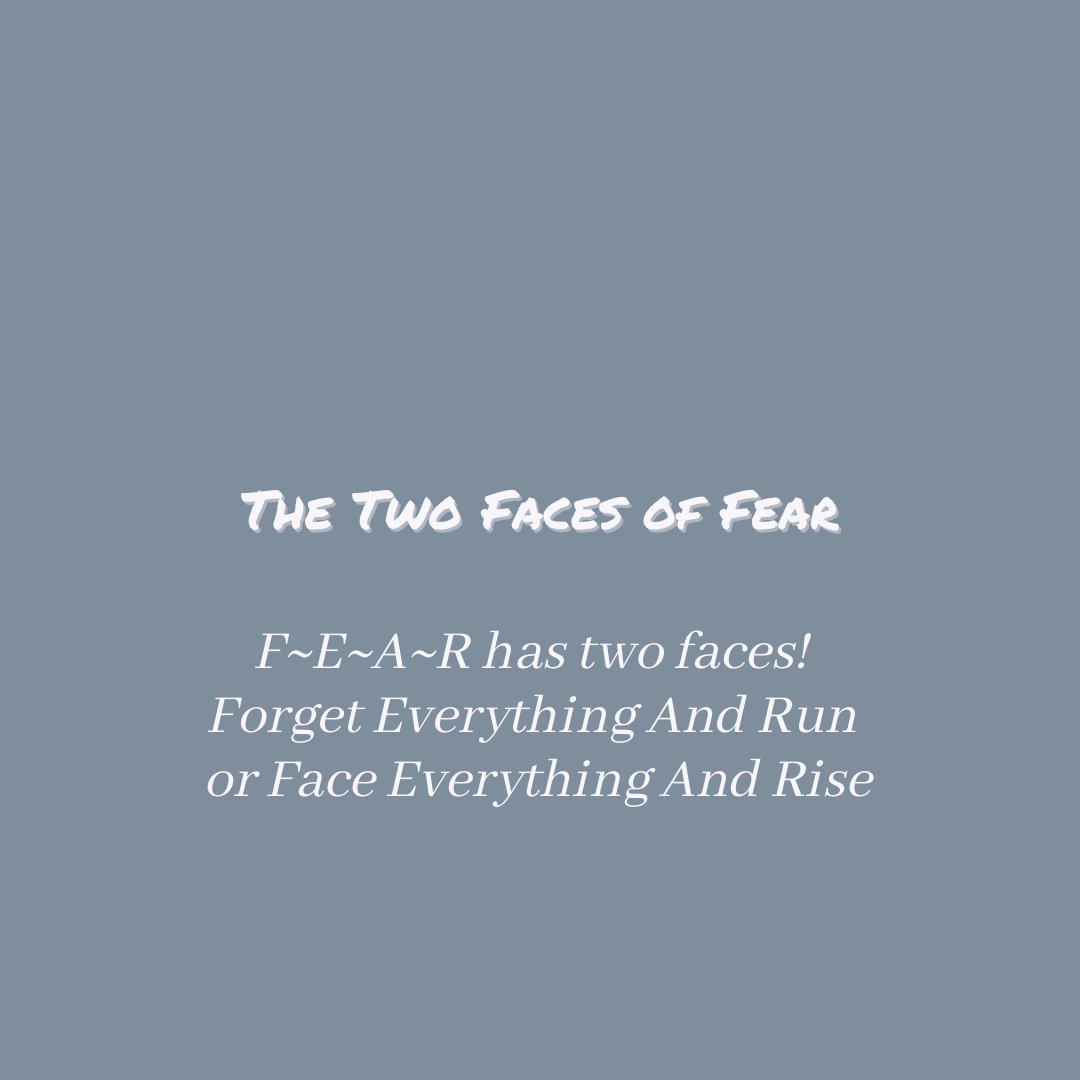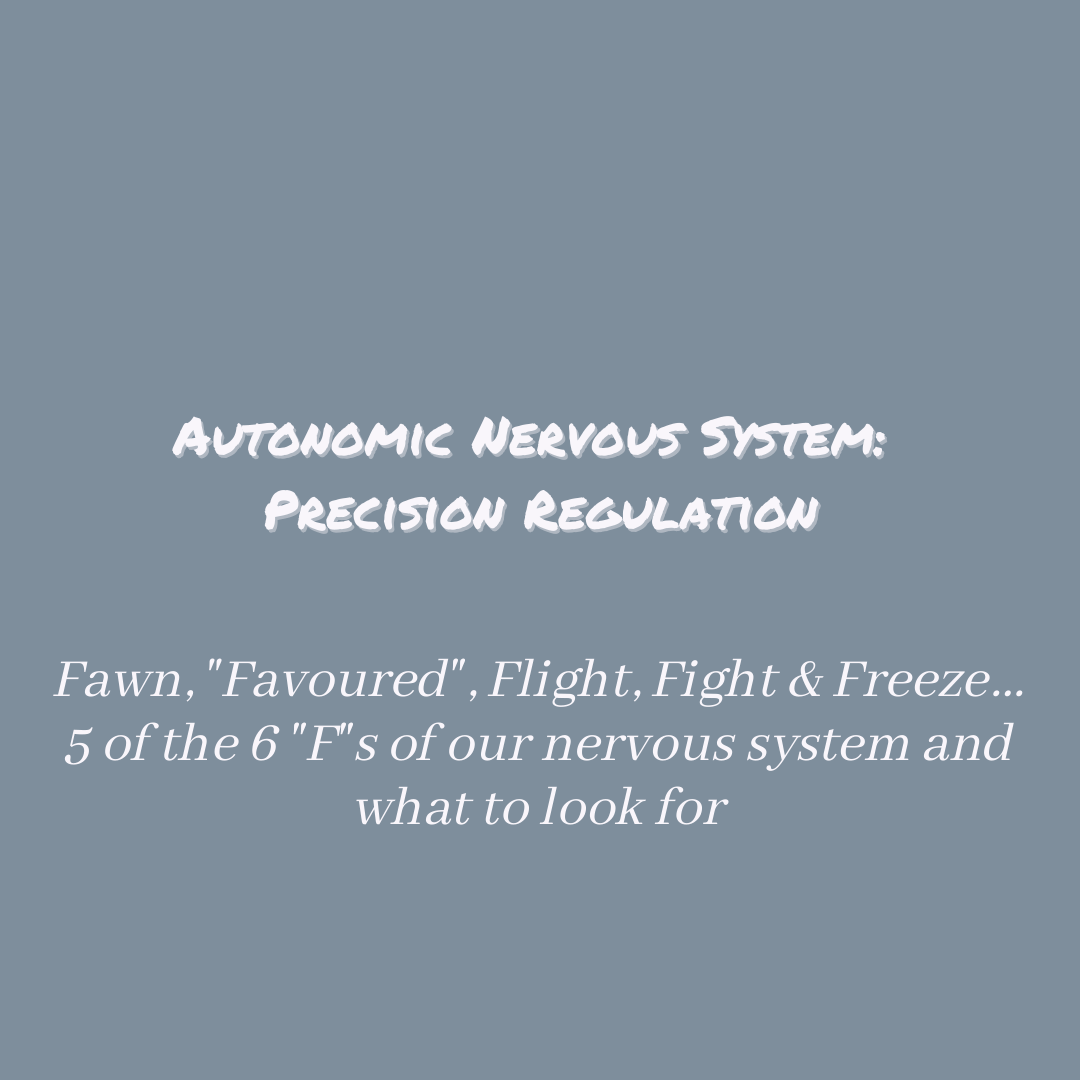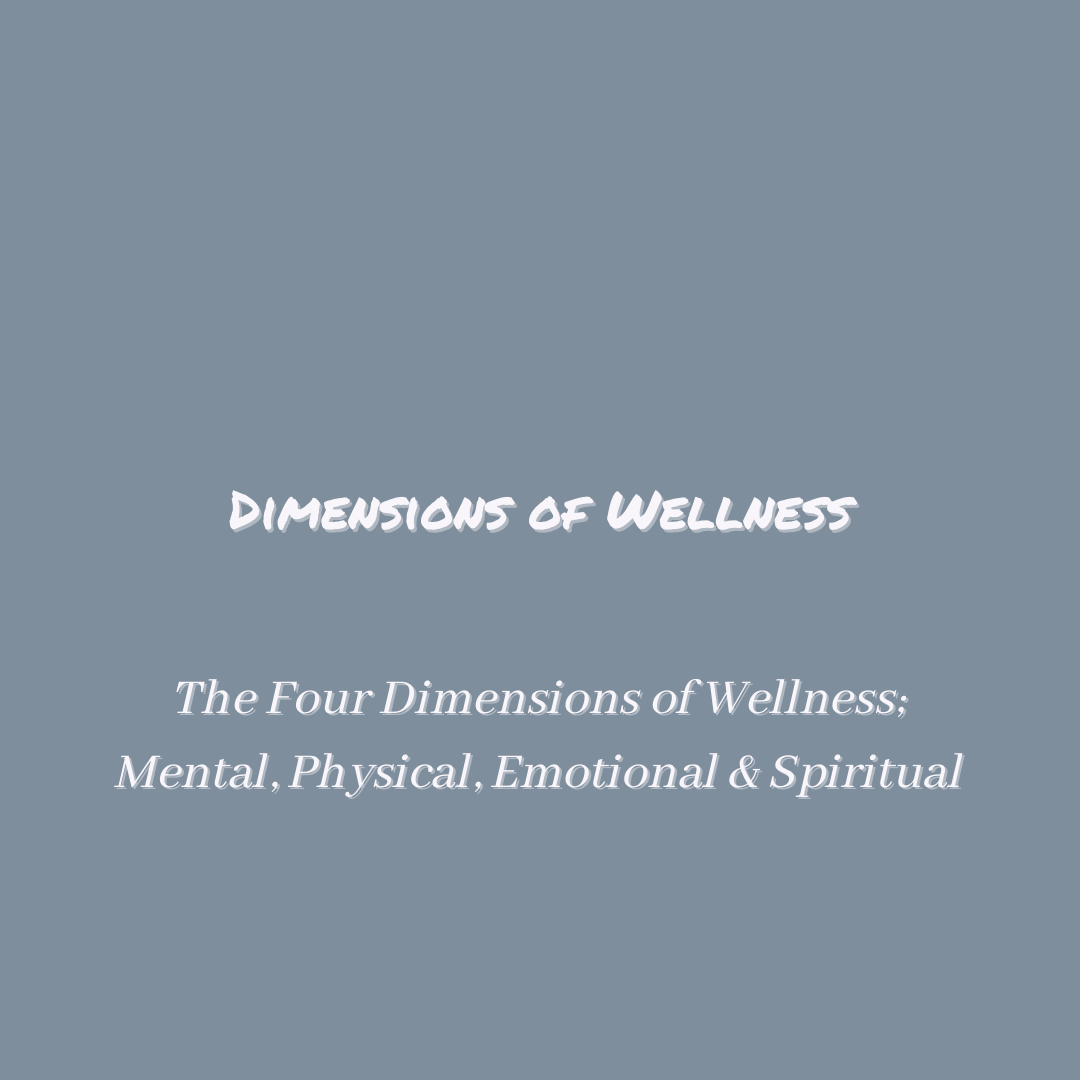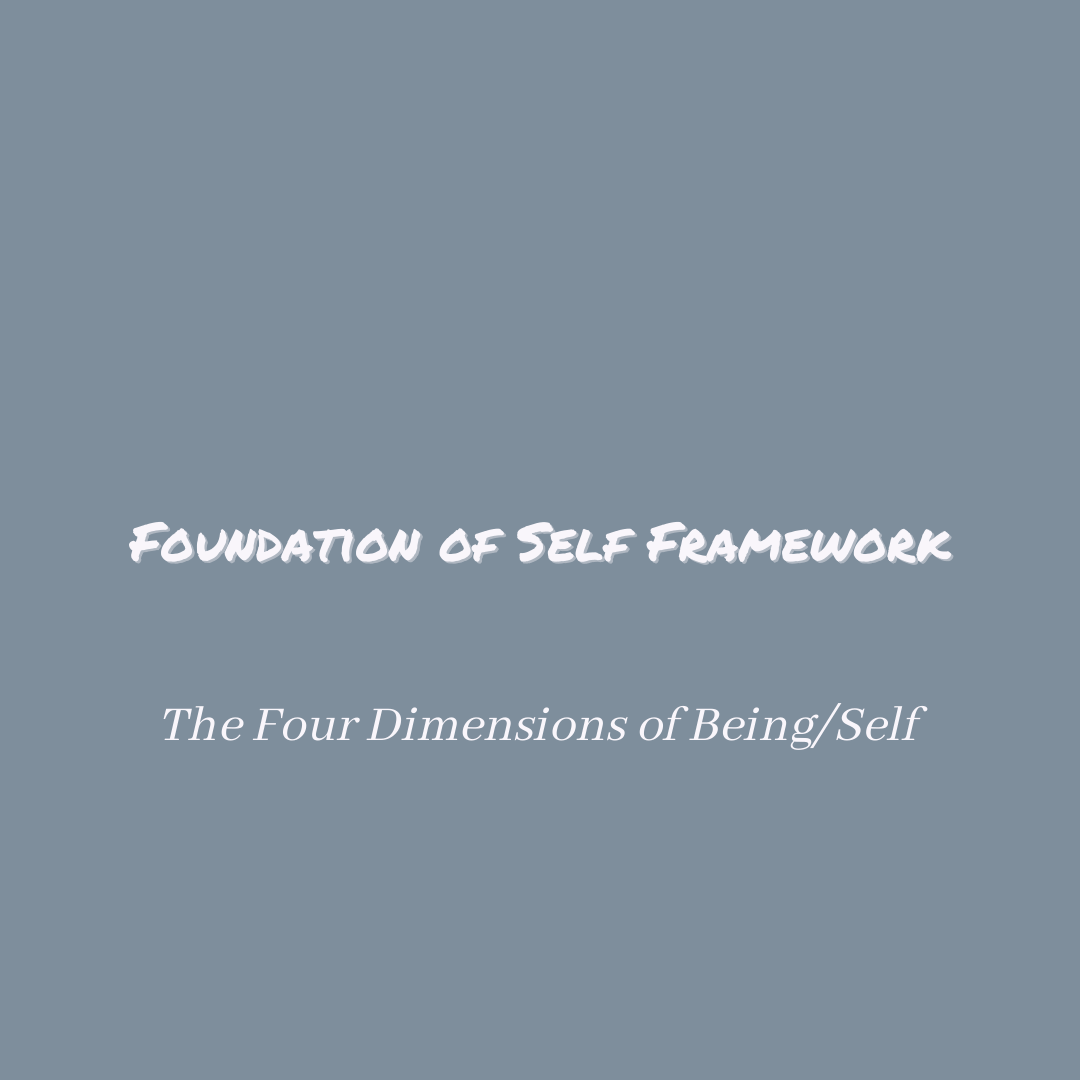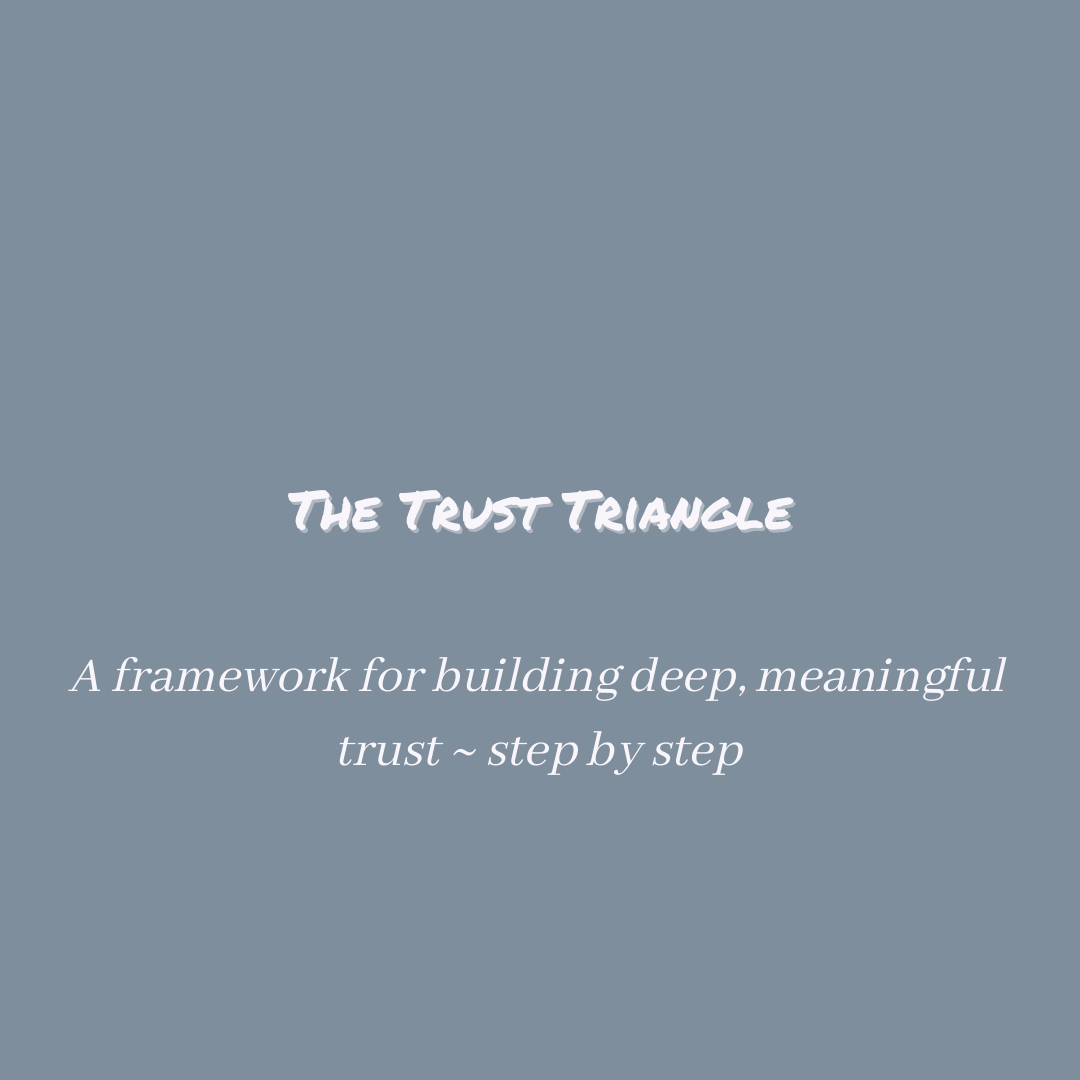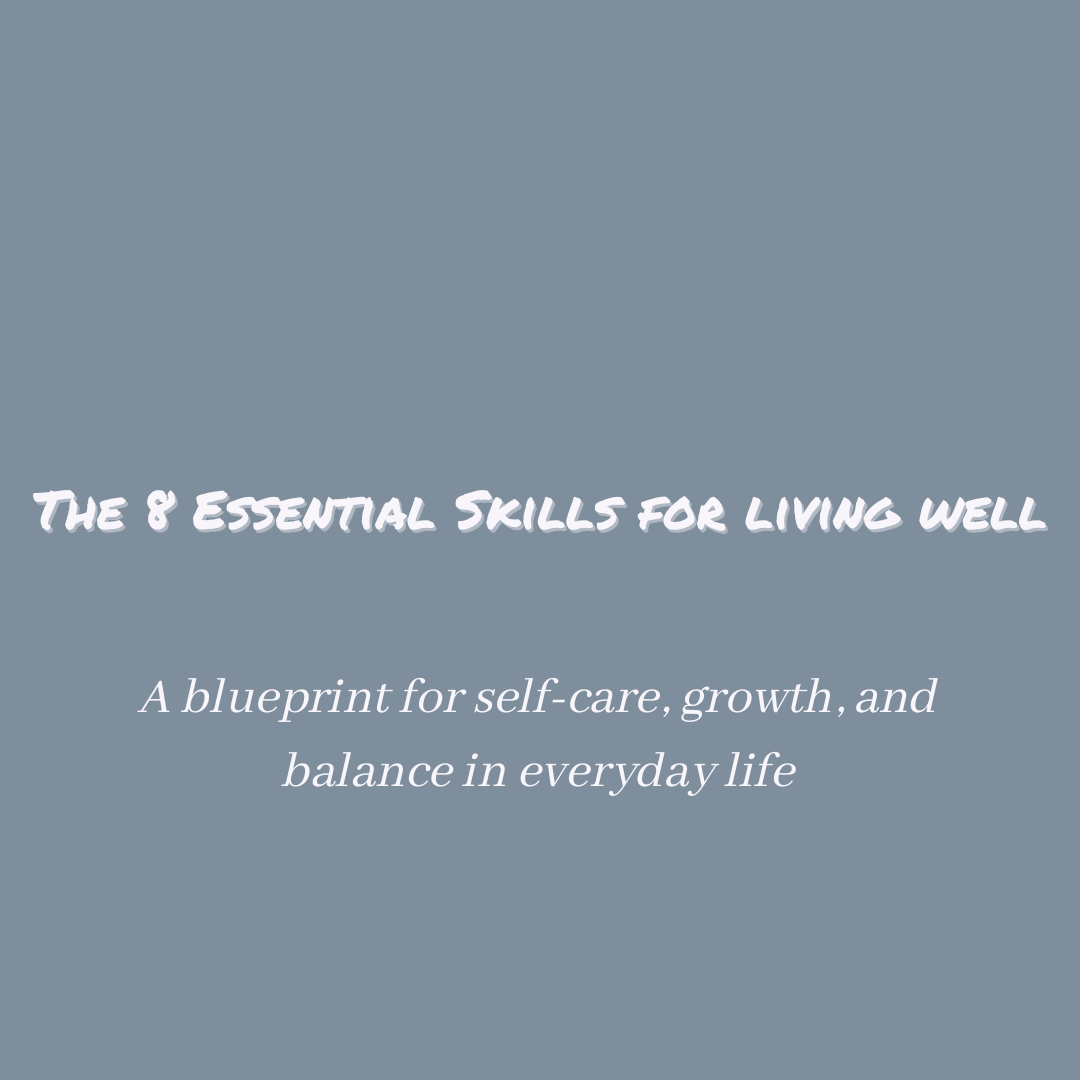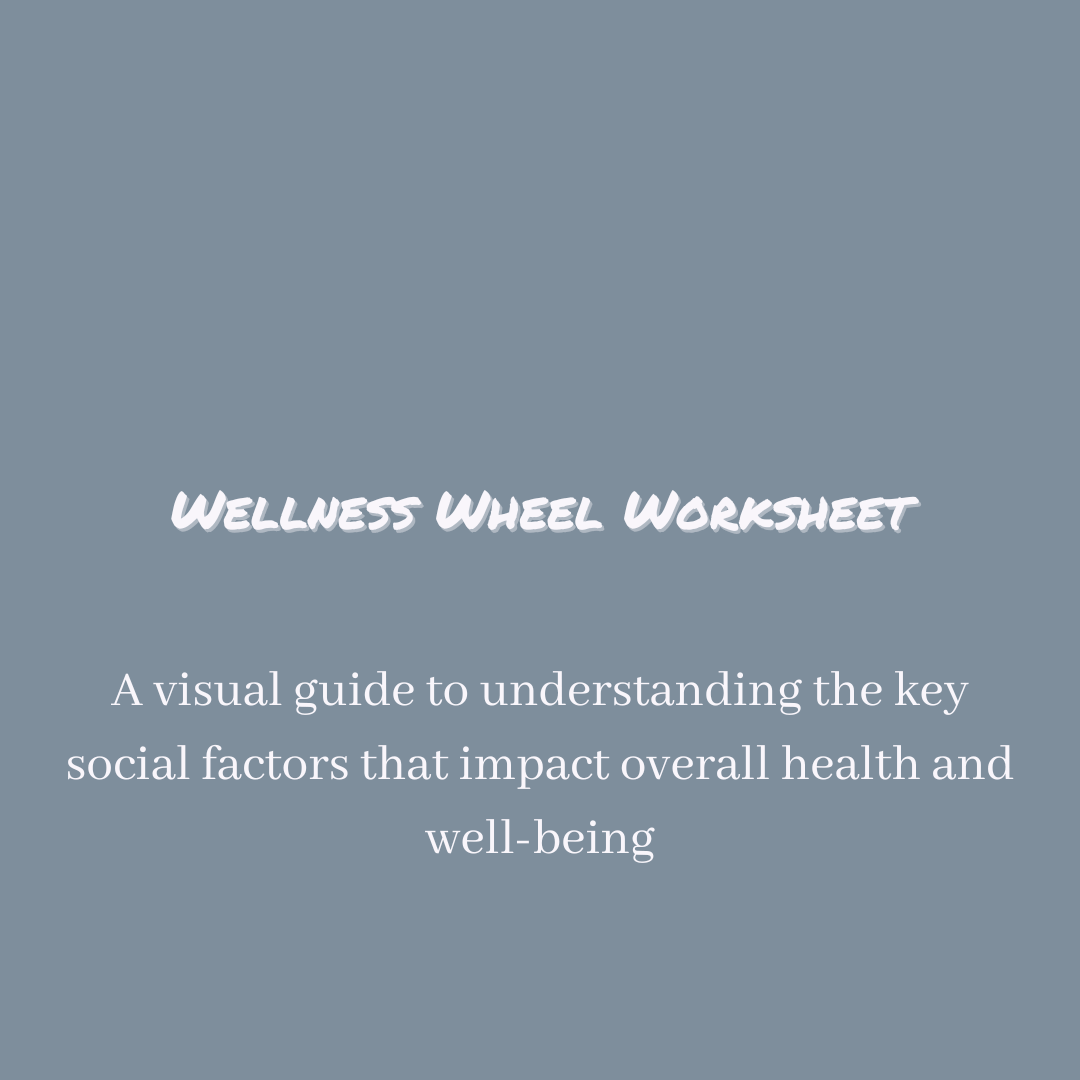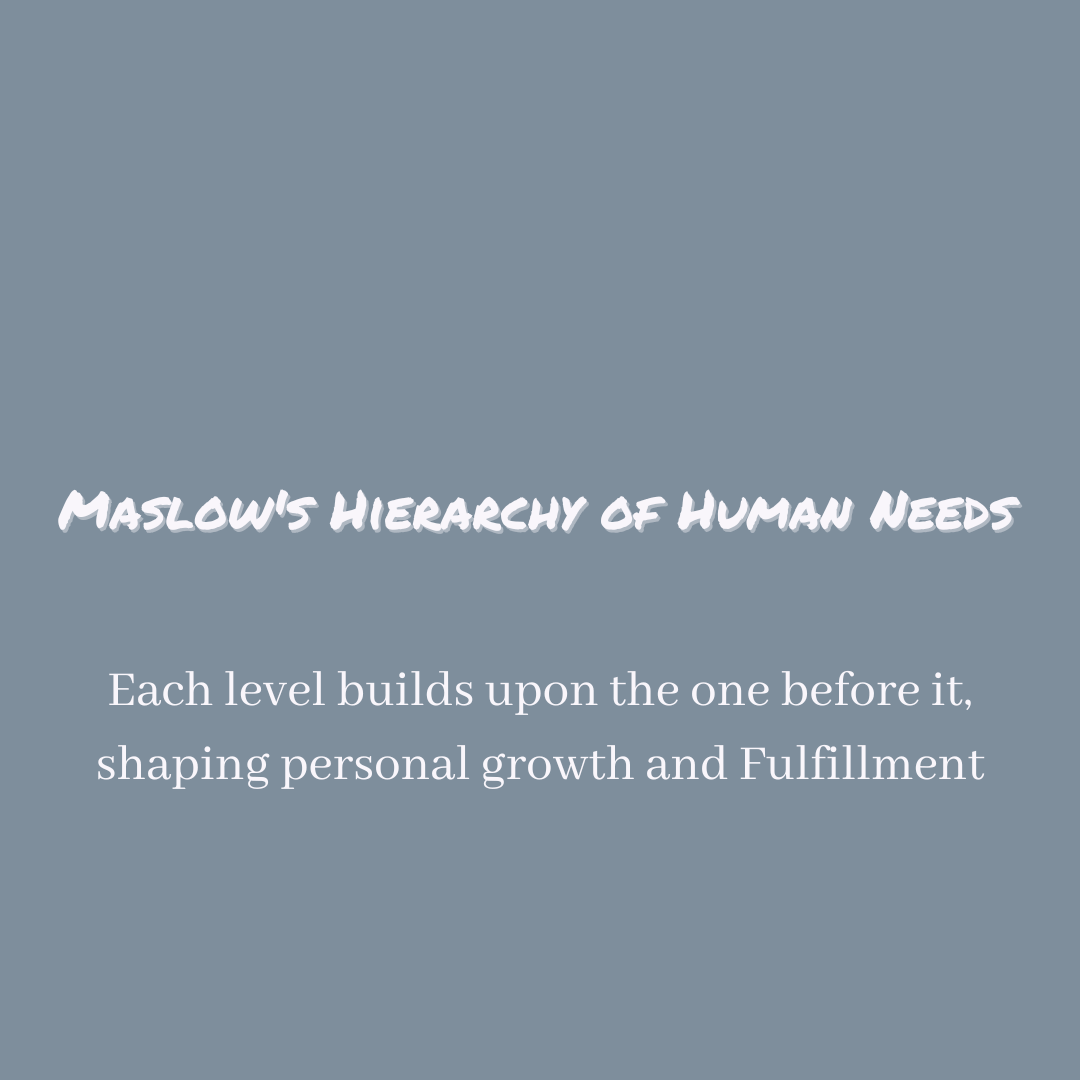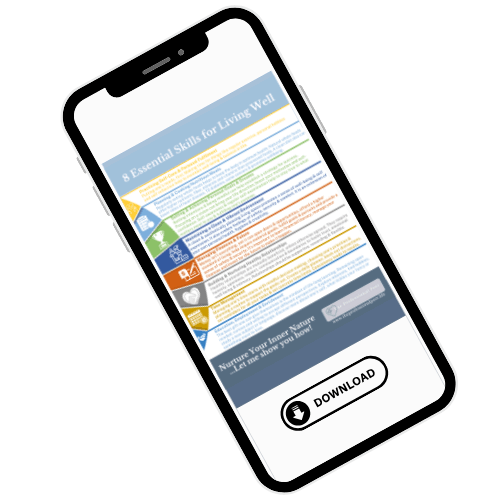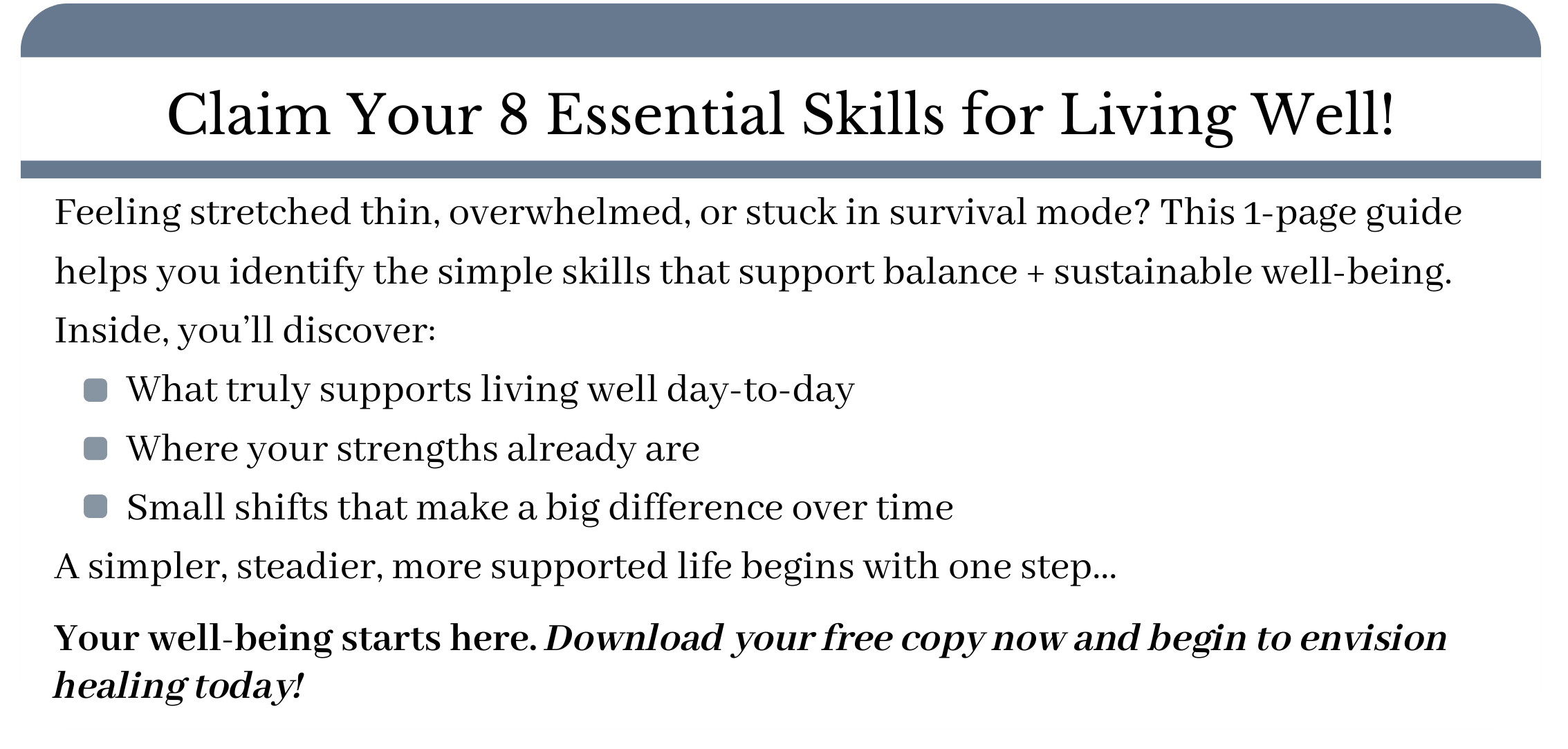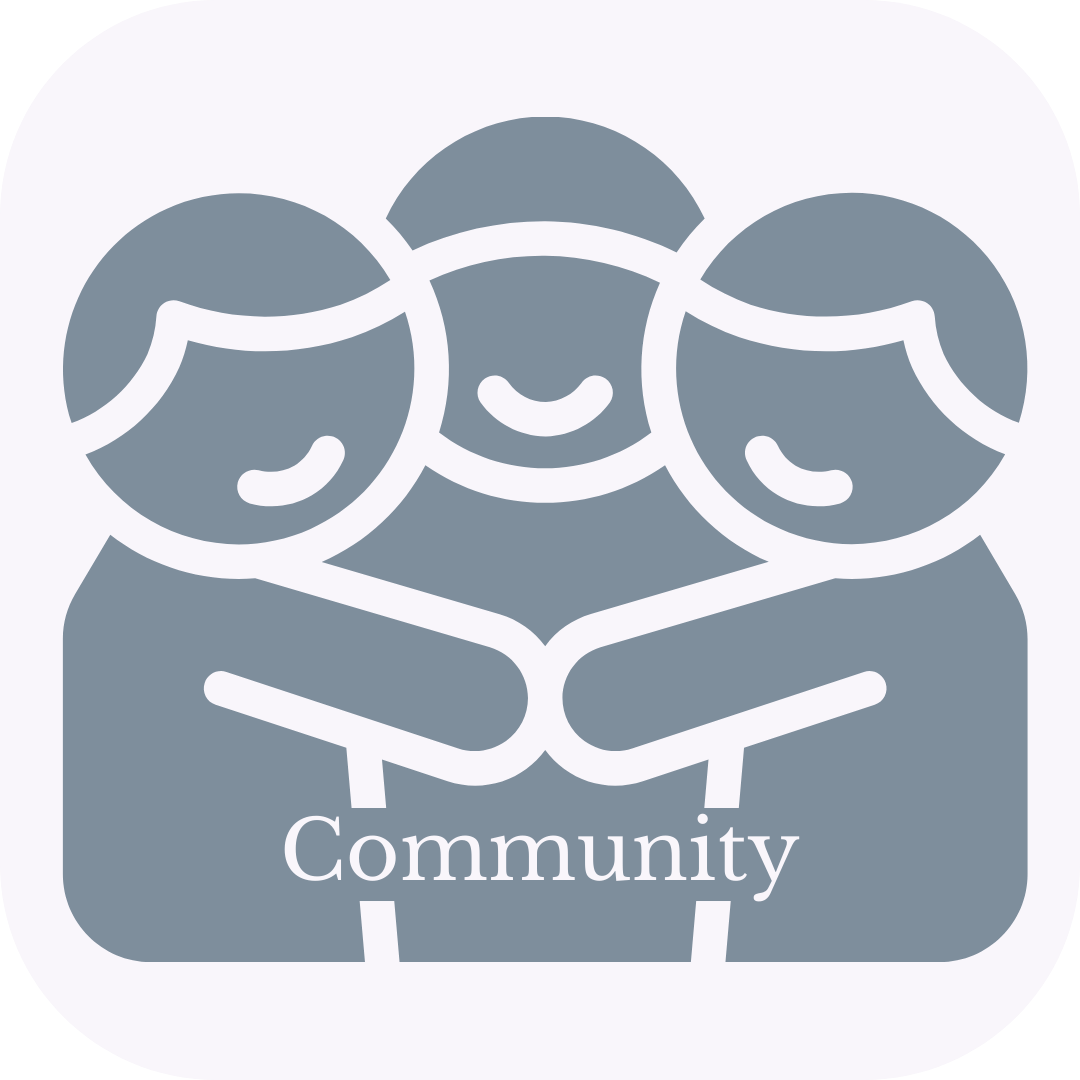Foundations of Human Health
Welcome to Fionna’s Favourite Freebies ~ a collection of my go-to resources for understanding human health, stress, burnout, and well-being. Here, you’ll find carefully curated diagrams, charts, graphics, and media designed to make complex ideas simple and accessible. Download what you need, save it for later, and keep these insights at your fingertips. Here’s to living well, together!
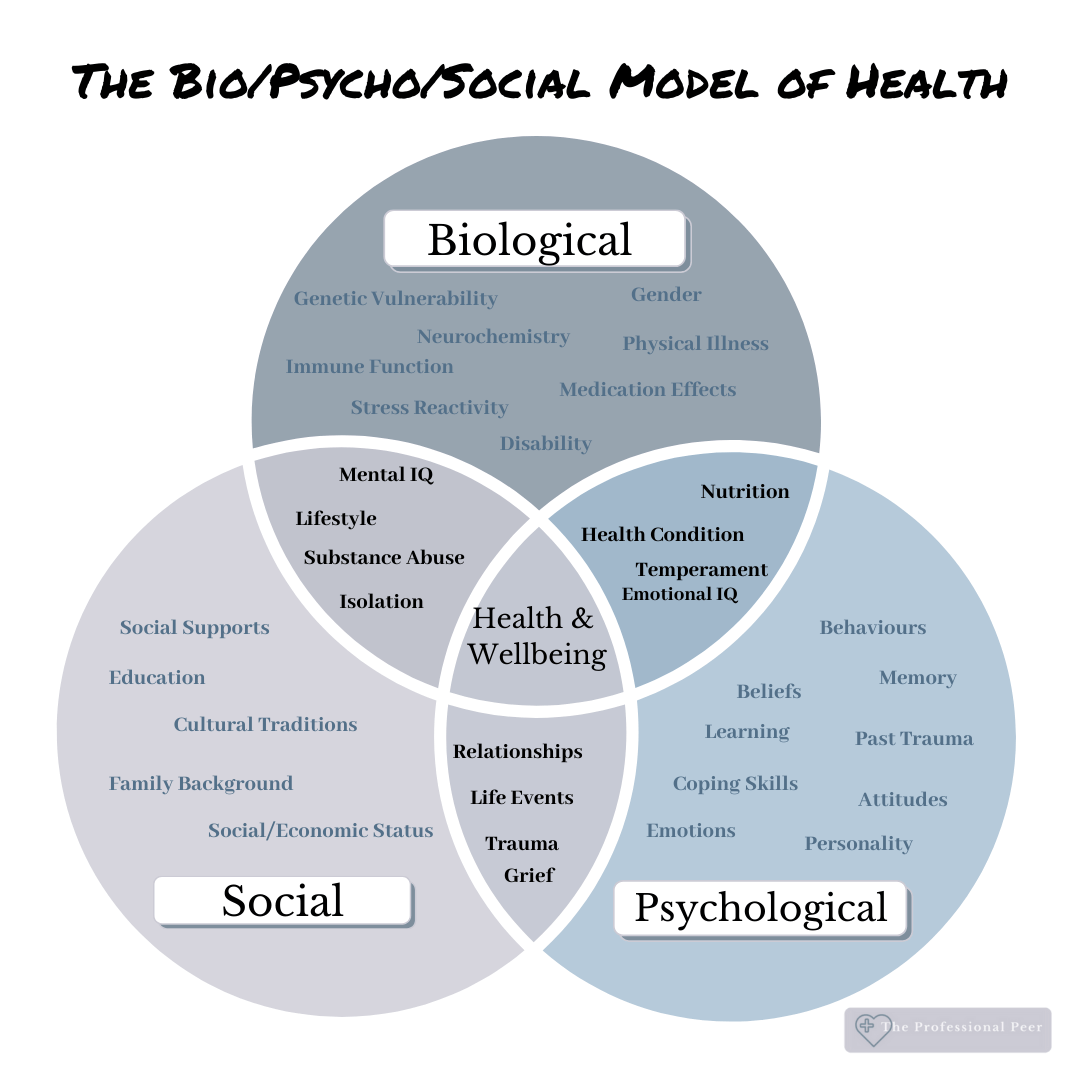
Health isn’t just Physical—it’s shaped by Biological, Psychological, and Social Influences.
The biopsychosocial model offers a holistic approach to health, recognizing the interconnected influences of biology, psychology, and social factors on well-being. It considers how biological factors like genetics and physiology, psychological factors such as thoughts and emotions, and social factors like relationships and environment all shape an individual's health outcomes. By addressing these multiple dimensions, the model provides a comprehensive understanding of health and informs personalized interventions tailored to individual needs, emphasizing the importance of treating the whole person rather than just isolated symptoms.
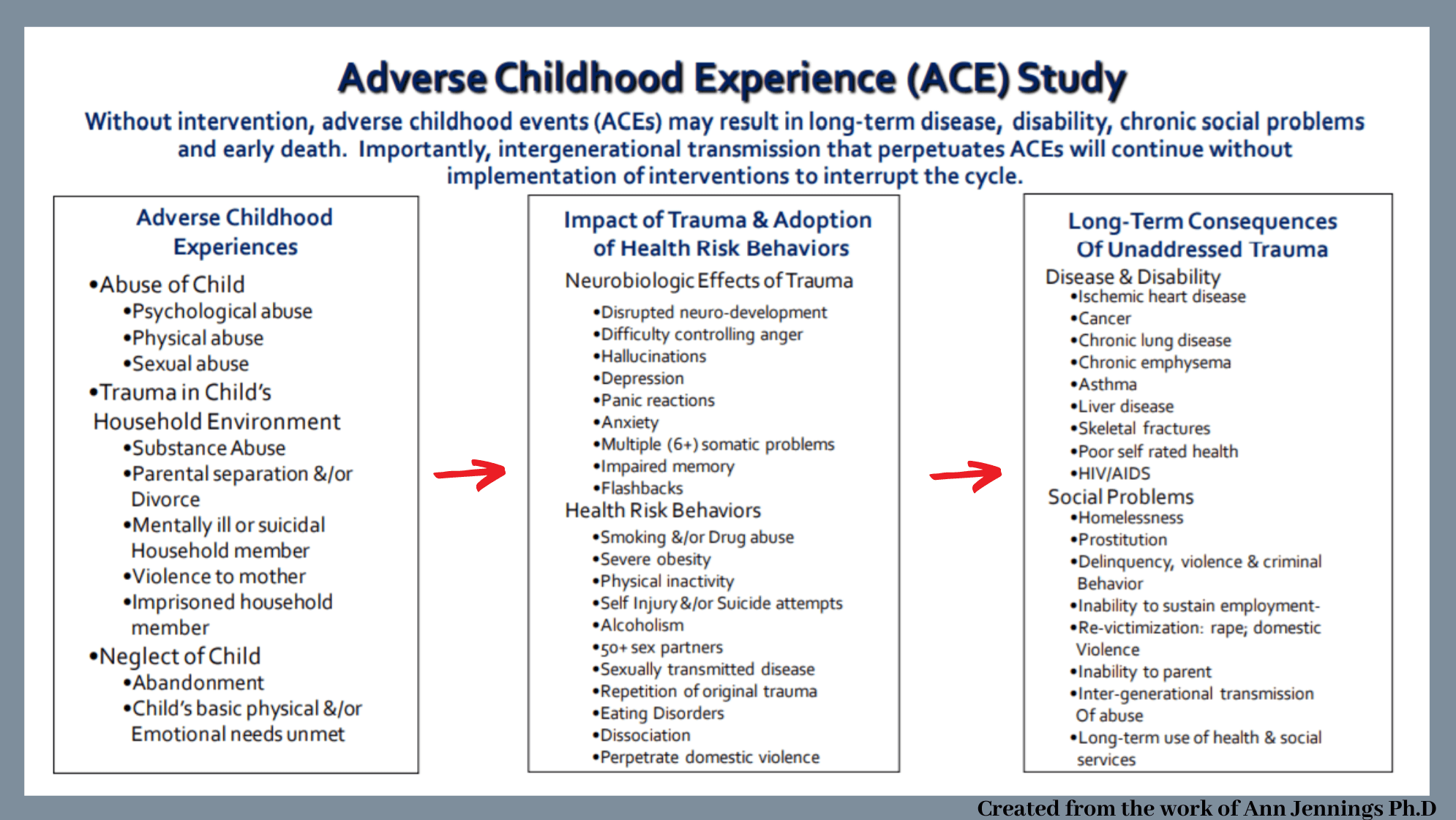
The Adverse Childhood Experience (ACE) Study
The Adverse Childhood Experience (ACE) Study is a ground-breaking research initiative that explores the long-term effects of childhood trauma on health outcomes. Through surveys and clinical assessments, researchers have identified a range of adverse experiences, including abuse, neglect, and household dysfunction, and linked them to a host of physical and mental health issues later in life. By shedding light on the profound impact of early-life adversity, the ACE Study underscores the importance of trauma-informed care and prevention strategies. It has catalyzed a paradigm shift in healthcare, highlighting the critical role of childhood experiences in shaping adult health trajectories and informing more holistic approaches to patient care.
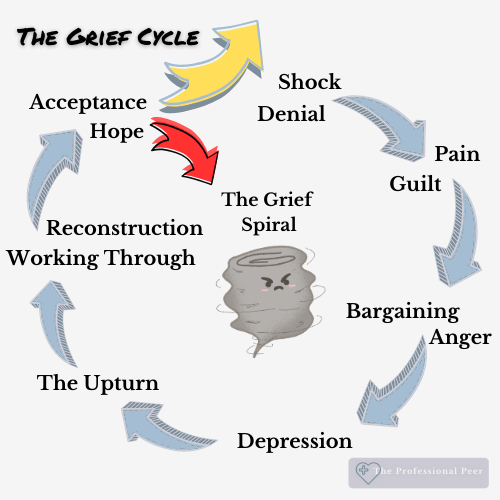
The Seven Stages of Grief
The 7 stages of grief, as outlined by the Kübler-Ross model, describe the emotional journey individuals experience when faced with loss. They progress through Shock and Denial, Anger, Bargaining, Depression, Testing, Acceptance, and finally, Hope. These stages represent the range of emotions and coping mechanisms individuals employ as they come to terms with their loss and ultimately find a path toward healing and acceptance.
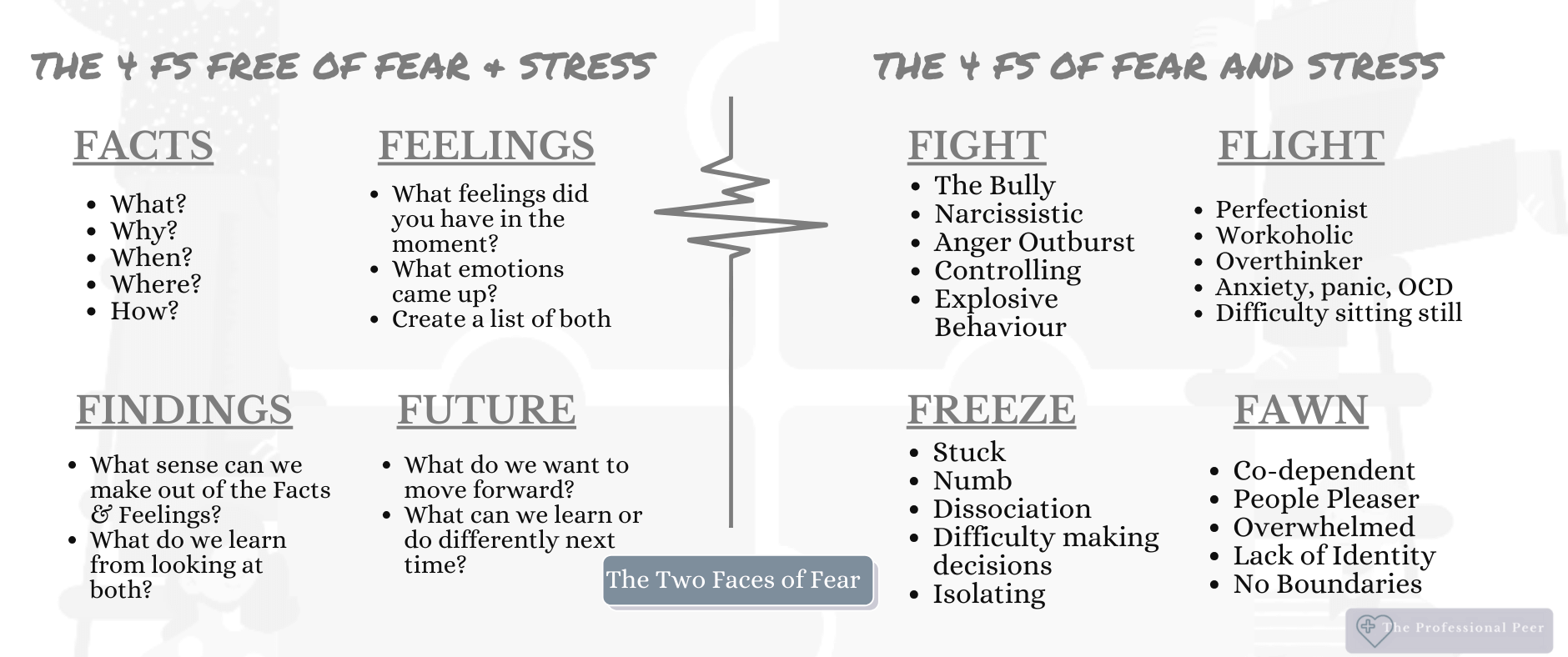
The Two Faces of Fear
Fear manifests in two ways: "Face Everything and Rise" (F.E.A.R.) and "Fear Everything and Run" (F.E.A.R.). How we respond to fear significantly impacts our well-being, especially when ingrained from childhood.
1. "Face Everything and Rise" (F.E.A.R.):
Approach: Confronts adversity with curiosity and solution-driven mindset.
Impact: Builds resilience, fosters personal growth, and enhances overall wellness
2. "Fear Everything and Run" (F.E.A.R.):
Approach: Avoids and distresses in response to challenges.
Impact: Causes chronic stress, hinders focus, and contributes to health problems.
Conclusion: Early lessons about fear shape well-being. Encouraging F.E.A.R. empowers effective navigation of challenges and fosters a positive mindset. Conversely, F.E.A.R. leads to distress, decreased quality of life, and health issues. Understanding these dynamics is crucial for promoting resilience and holistic wellness.

Understanding the Autonomic Nervous System: Precision Regulation
The Autonomic Nervous System (ANS) is the body's master regulator, overseeing involuntary functions like heart rate, digestion, and stress responses. Its intricate balance between activation (sympathetic) and relaxation (parasympathetic) dictates our physiological responses to stressors, known as "Fawn, Flight, Fight, Freeze." Recognizing ANS cues, such as changes in heart rate, breathing, and behavior, empowers us to manage stress effectively and promote overall well-being.
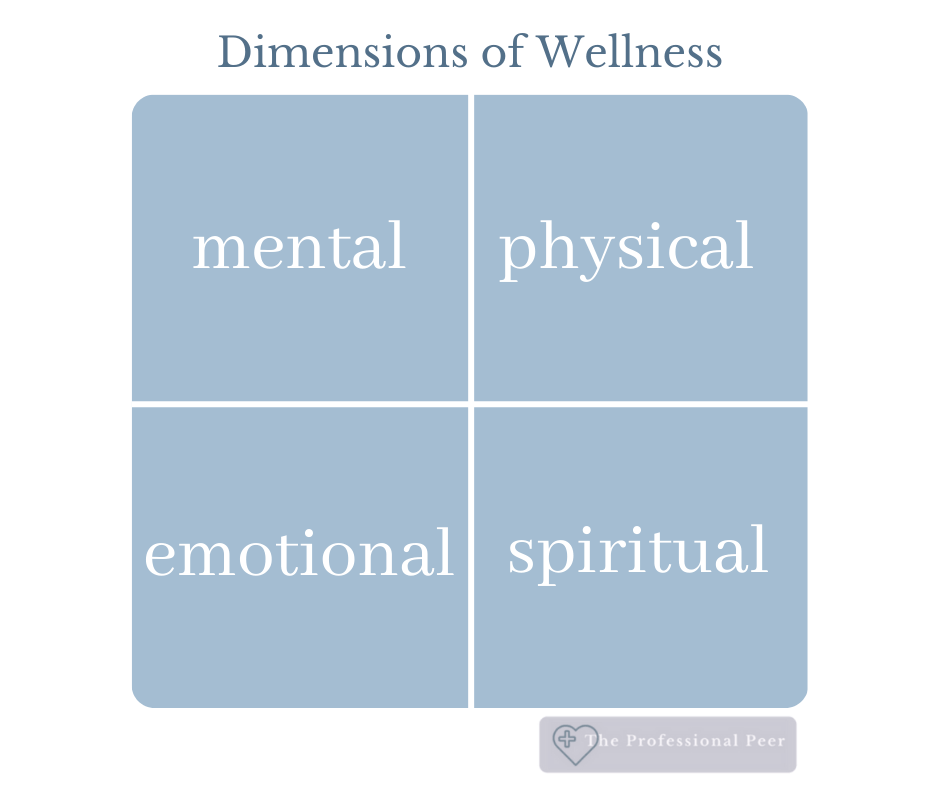
A Holistic Approach to Well-being, Balancing Mind, Body, Soul, and Emotions.
Wellness isn’t just about feeling good—it’s about alignment across four key dimensions: Mental, Physical, Spiritual, and Emotional. Each one influences the others, creating a full-circle approach to living well. When we nurture all four, we build resilience, balance, and a deeper connection to ourselves and the world around us.
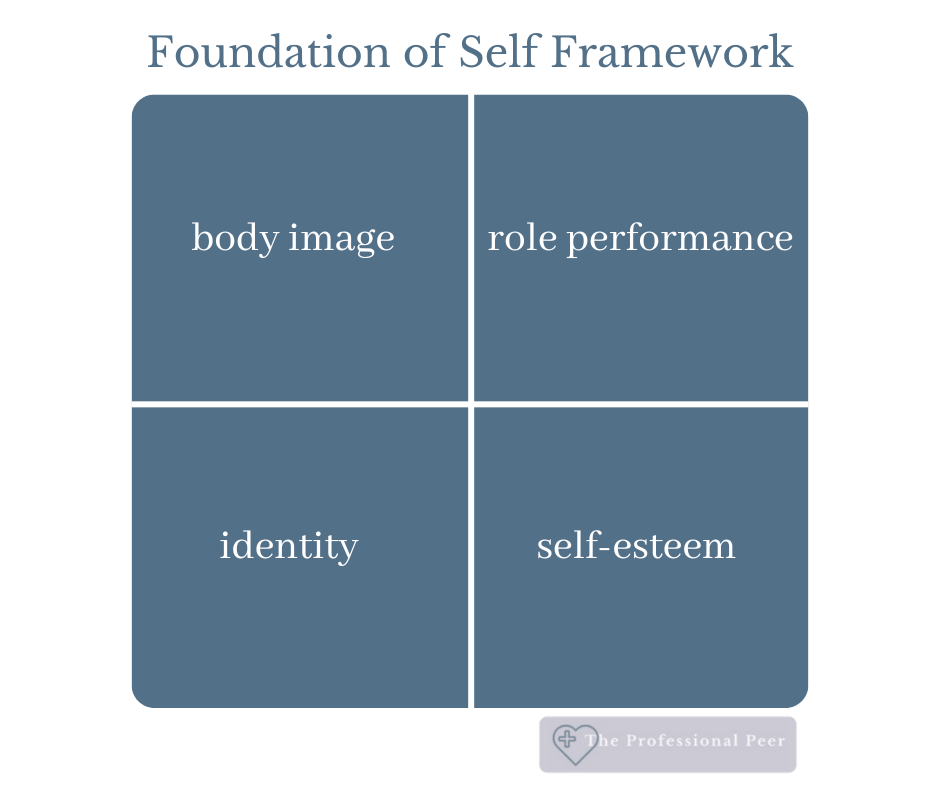
Building a Strong Sense of Who You Are
The Foundation of Self Framework explores four key pillars that shape our self-concept: Self-Esteem, Body Image, Role Performance, and Identity. These elements influence how we see ourselves, interact with others, and navigate life’s challenges. By understanding and strengthening these foundations, we cultivate resilience, confidence, and a deeper sense of authenticity in our personal and professional lives.

Establishing Trust & Strong Connections
Trust isn’t built overnight; it’s earned through consistent actions. The Trust Triangle starts with three key foundations: straight talk, listening to understand, and making commitments. From there, reliability strengthens the connection, leading to true trust. At the top, respect is the ultimate outcome—where trust is solid and mutual.
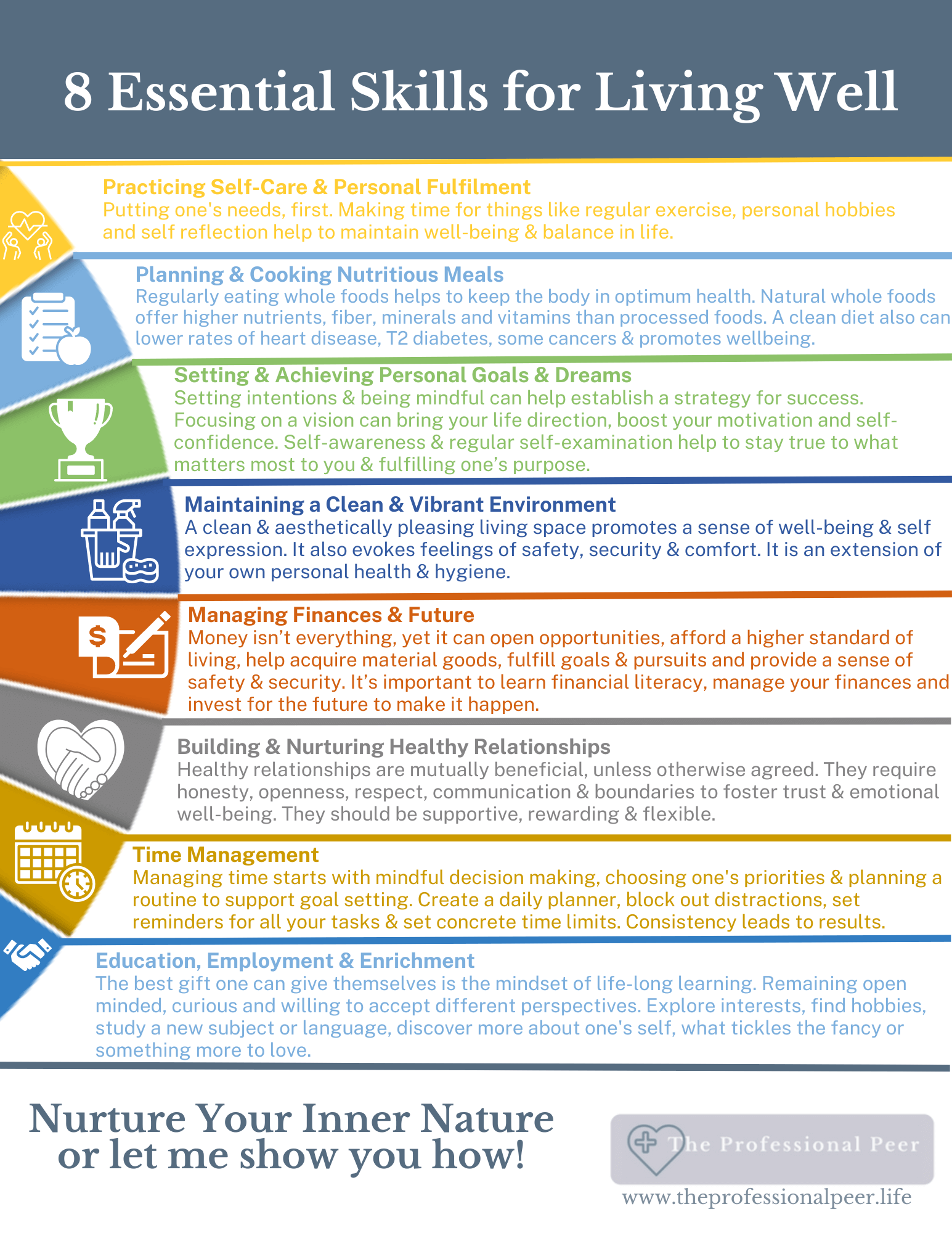
A Handy Guide for Feeling Good and Living Well
Living well isn’t just about one aspect of life—it’s about integrating self-care, nutrition, goal-setting, environment, finances, relationships, time management, and lifelong learning. These essential skills help build a fulfilling, healthy, and purpose-driven life. By implementing best practices, you can nurture your inner nature and create lasting well-being.
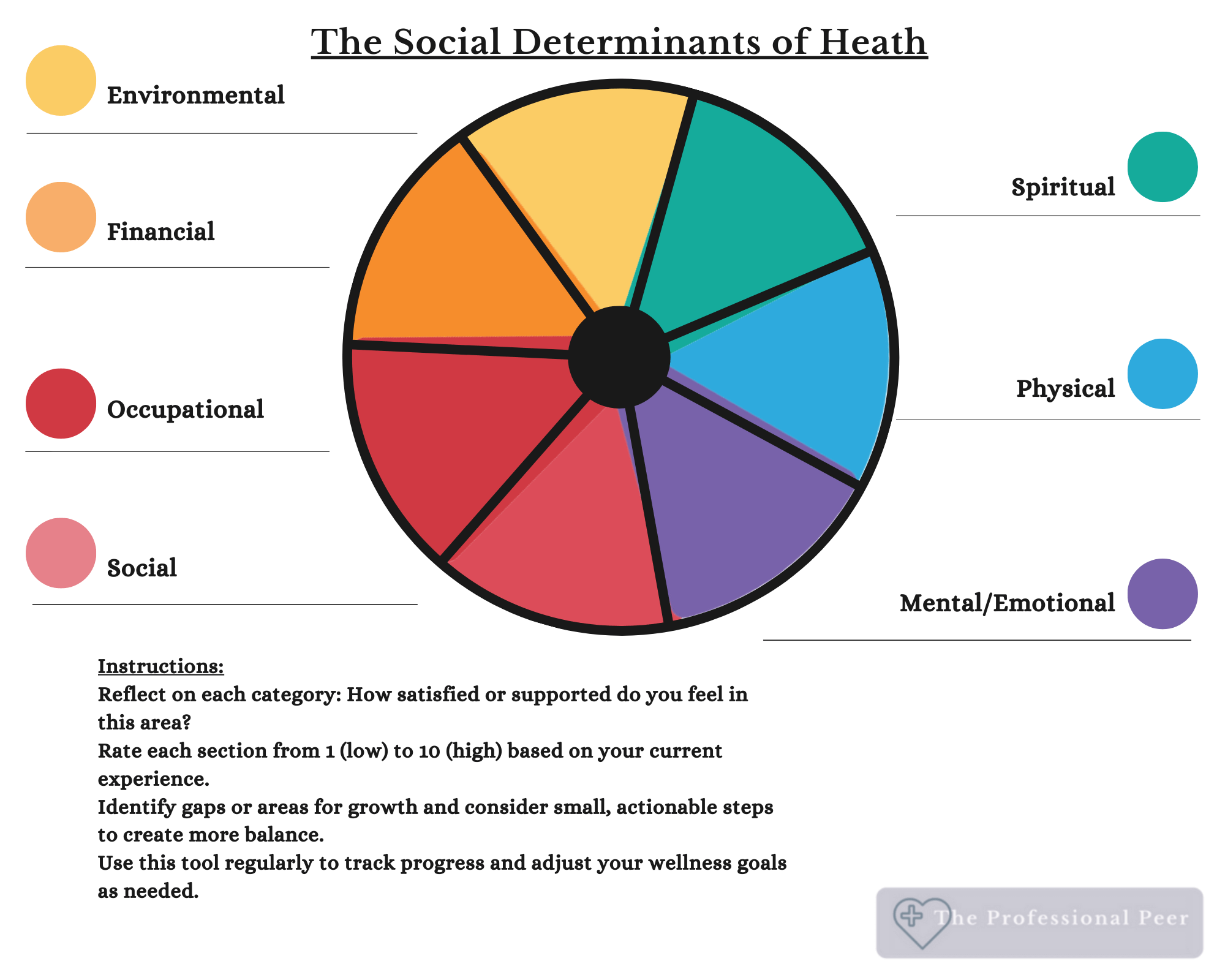
Reflect, Rate & Begin to Write Your Future
Well-being isn’t just about physical health—it’s shaped by environmental, financial, occupational, social, spiritual, mental/emotional, and physical factors. This wheel helps identify where balance exists and where support may be needed for a more fulfilling life.
Instructions:
- Reflect on each category: How satisfied or supported do you feel in this area?
- Rate each section from 1 (low) to 10 (high) based on your current experience.
- Identify gaps or areas for growth and consider small, actionable steps to create more balance.
- Use this tool regularly to track progress and adjust your wellness goals as needed.
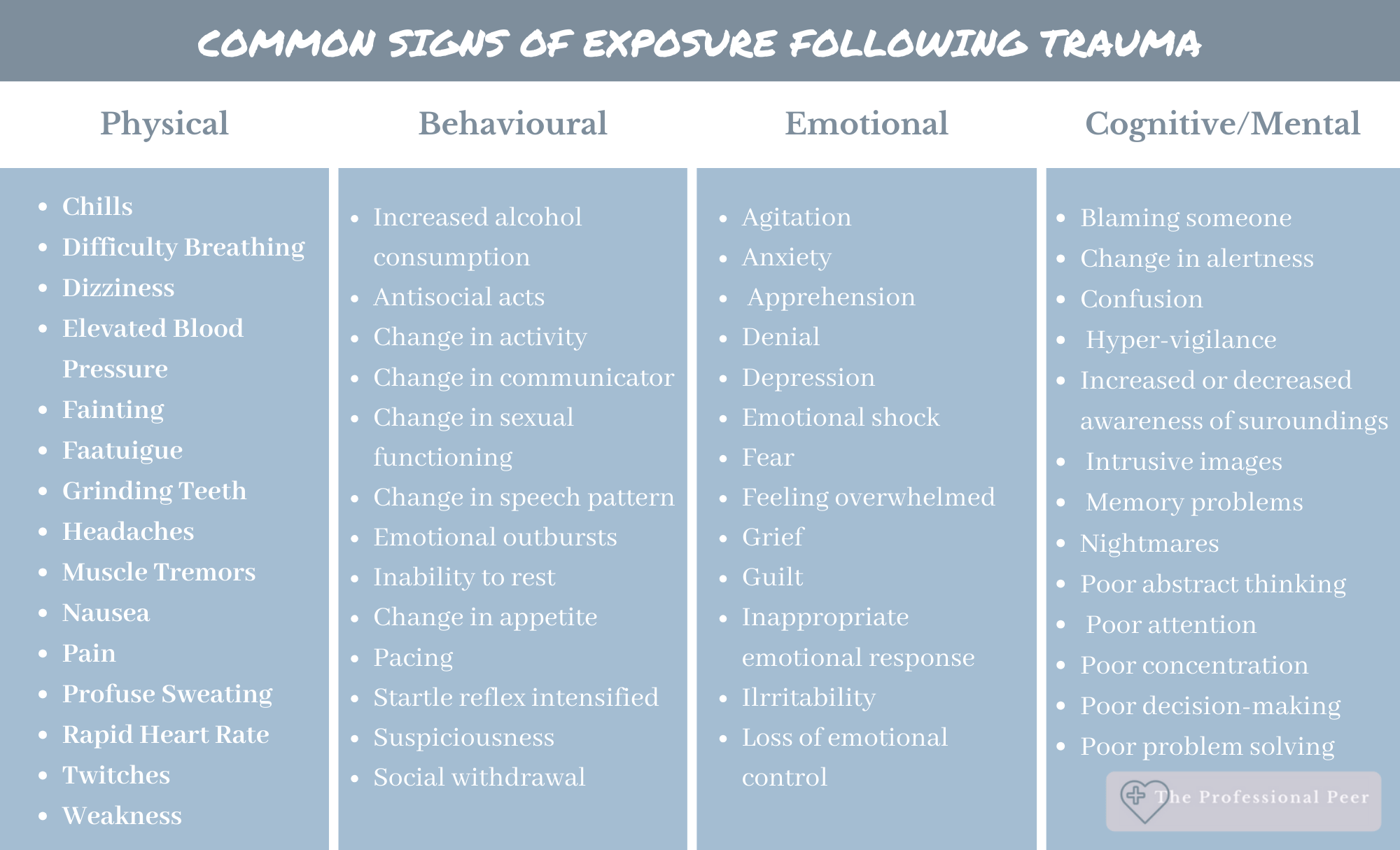
Trauma affects the body, mind, emotions, and behavior in profound ways...
This table outlines the physical, behavioral, emotional, and cognitive/mental signs that can emerge following trauma exposure. From fatigue and anxiety to social withdrawal and difficulty concentrating, these responses are the body’s way of processing overwhelming experiences. Understanding these signs can help individuals navigate their healing journey with greater self-compassion and awareness.

Maslow’s model illustrates the five levels of human needs, from basic survival to self-actualization.
This hierarchy explains human motivation, beginning with fundamental physiological needs like food and shelter, progressing through safety, love and belonging, esteem, and ultimately self-actualization. By understanding these stages, we can better support personal development, resilience, and overall well-being, ensuring a strong foundation for growth and fulfillment.
Claim Your 8 Essential Skills for Living Well!
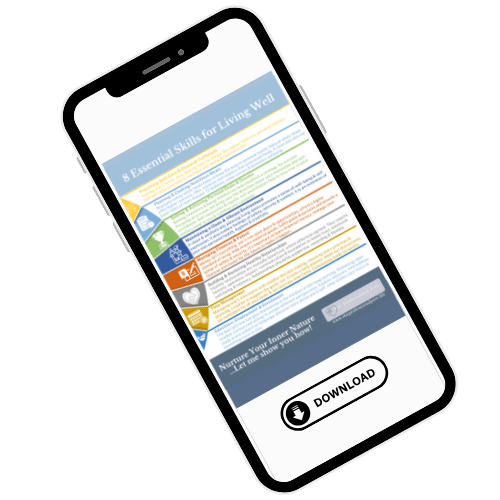
Feeling stretched thin, overwhelmed, or stuck in survival mode? This 1-page guide helps you identify the simple skills that support balance + sustainable well-being.
Inside, you’ll discover:
- What truly supports living well day-to-day
- Where your strengths already are
- Small shifts that make a big difference over time
A simpler, steadier, more supported life begins with one step.
Enter your email below and take the first step toward living well ~ mind, body & soul...

